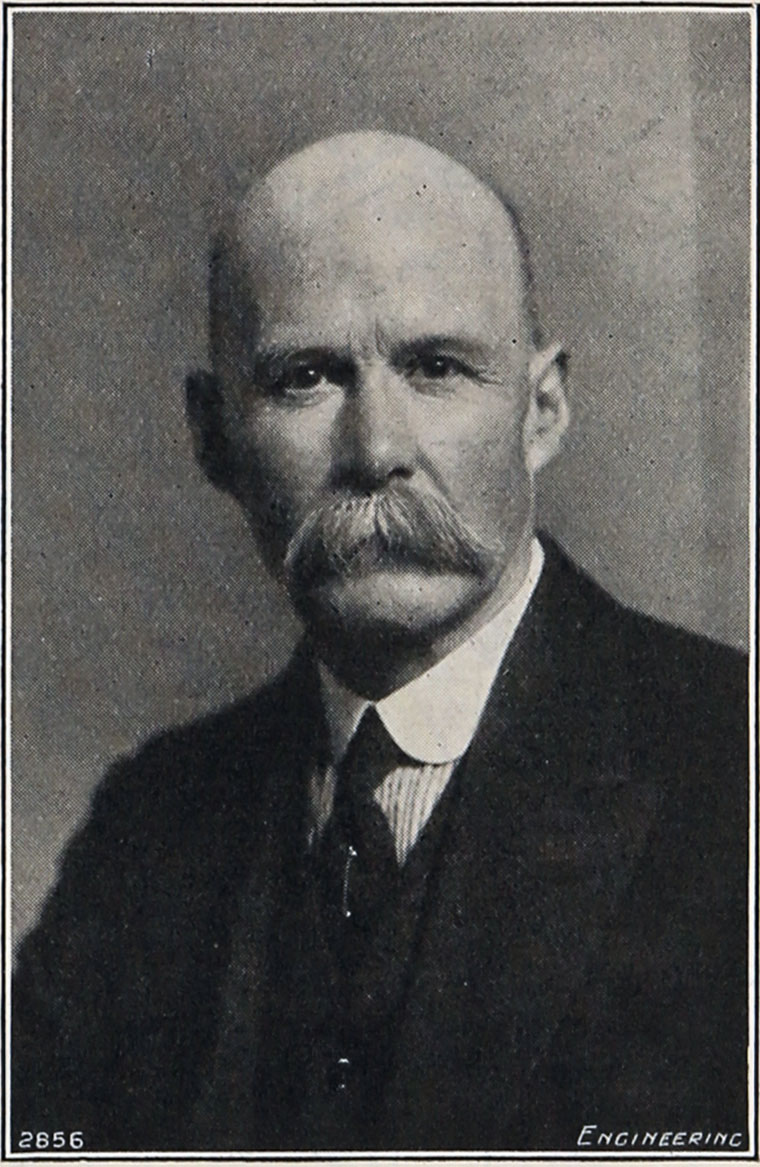Thomas Ernest Stanton on:
[Wikipedia]
[Google]
[Amazon]
 Sir Thomas Ernest Stanton (12 December 1865 – 30 August 1931) was a British mechanical engineer and a specialist in fluid dynamics and tribology. He was the first to construct a supersonic wind tunnel in 1921. The eponymous
Sir Thomas Ernest Stanton (12 December 1865 – 30 August 1931) was a British mechanical engineer and a specialist in fluid dynamics and tribology. He was the first to construct a supersonic wind tunnel in 1921. The eponymous
 Sir Thomas Ernest Stanton (12 December 1865 – 30 August 1931) was a British mechanical engineer and a specialist in fluid dynamics and tribology. He was the first to construct a supersonic wind tunnel in 1921. The eponymous
Sir Thomas Ernest Stanton (12 December 1865 – 30 August 1931) was a British mechanical engineer and a specialist in fluid dynamics and tribology. He was the first to construct a supersonic wind tunnel in 1921. The eponymous Stanton number
The Stanton number (), is a dimensionless number that measures the ratio of heat transferred into a fluid to the thermal capacity of fluid. The Stanton number is named after Thomas Stanton (engineer) (1865–1931). It is used to characterize hea ...
is based on his research on the transfer of heat between metal surfaces through a separating thin layer of lubricating fluid.
Life
Stanton was born at Atherstone, Warwickshire to plumber Thomas and his wife Mary Ann Wagstaff. Educated at the local grammar school, he then apprenticed at Gimson and Co. engineers before going toOwens College, Manchester
The Victoria University of Manchester, usually referred to as simply the University of Manchester, was a university in Manchester, England. It was founded in 1851 as Owens College. In 1880, the college joined the federal Victoria University. A ...
in 1887. He received a BSc in engineering in 1891 and worked for five years under Professor Osborne Reynolds
Osborne Reynolds (23 August 1842 – 21 February 1912) was an Irish-born British innovator in the understanding of fluid dynamics. Separately, his studies of heat transfer between solids and fluids brought improvements in boiler and condenser ...
. He then joined the University of Liverpool
The University of Liverpool (abbreviated UOL) is a Public university, public research university in Liverpool, England. Founded in 1881 as University College Liverpool, Victoria University (United Kingdom), Victoria University, it received Ro ...
in 1896 and received a DSc in 1898 and became a professor the next year at University College, Bristol. He joined the National Physical Laboratory in 1901 and was involved in the testing of materials. He began wind tunnel studies in 1903 and by 1921 he had constructed a supersonic wind tunnel of 3 inch diameter going to 3.2 times the speed of sound for testing projectiles. This work was conducted secretly for the Britain's Ordnance Committee. It was here that he and Dorothy Marshall made studies on heat flow and found a relation between surface heat transfer rate, temperature difference and friction coefficients that is now known as Stanton number. Stanton was elected Fellow of the Royal Society
Fellowship of the Royal Society (FRS, ForMemRS and HonFRS) is an award granted by the Fellows of the Royal Society of London to individuals who have made a "substantial contribution to the improvement of natural science, natural knowledge, incl ...
in 1914 and was knighted in 1928 for his contributions to the wartime effort.
Stanton married Martha Grace Child in 1912 and they had two sons and a daughter, Hannah Margaret Stanton who was a leading anti-apartheid activist
Several independent sectors of South African society opposed apartheid through various means, including social movements, passive resistance, and guerrilla warfare. Mass action against the ruling National Party (NP) government, coupled with So ...
. He retired in 1930 and was living at Pevensy Bay where he was recovering after one surgery and preparing for another. His body was found, drowned, dressed in night clothes on 30 August 1931 off the beach near his family home.
References
{{DEFAULTSORT:Stanton, Thomas Ernest 1865 births 1931 deaths English mechanical engineers Fellows of the Royal Society Deaths by drowning in the United Kingdom Alumni of the University of Manchester Tribologists Aerodynamicists People from Atherstone Knights Bachelor Commanders of the Order of the British Empire Scientists of the National Physical Laboratory (United Kingdom)